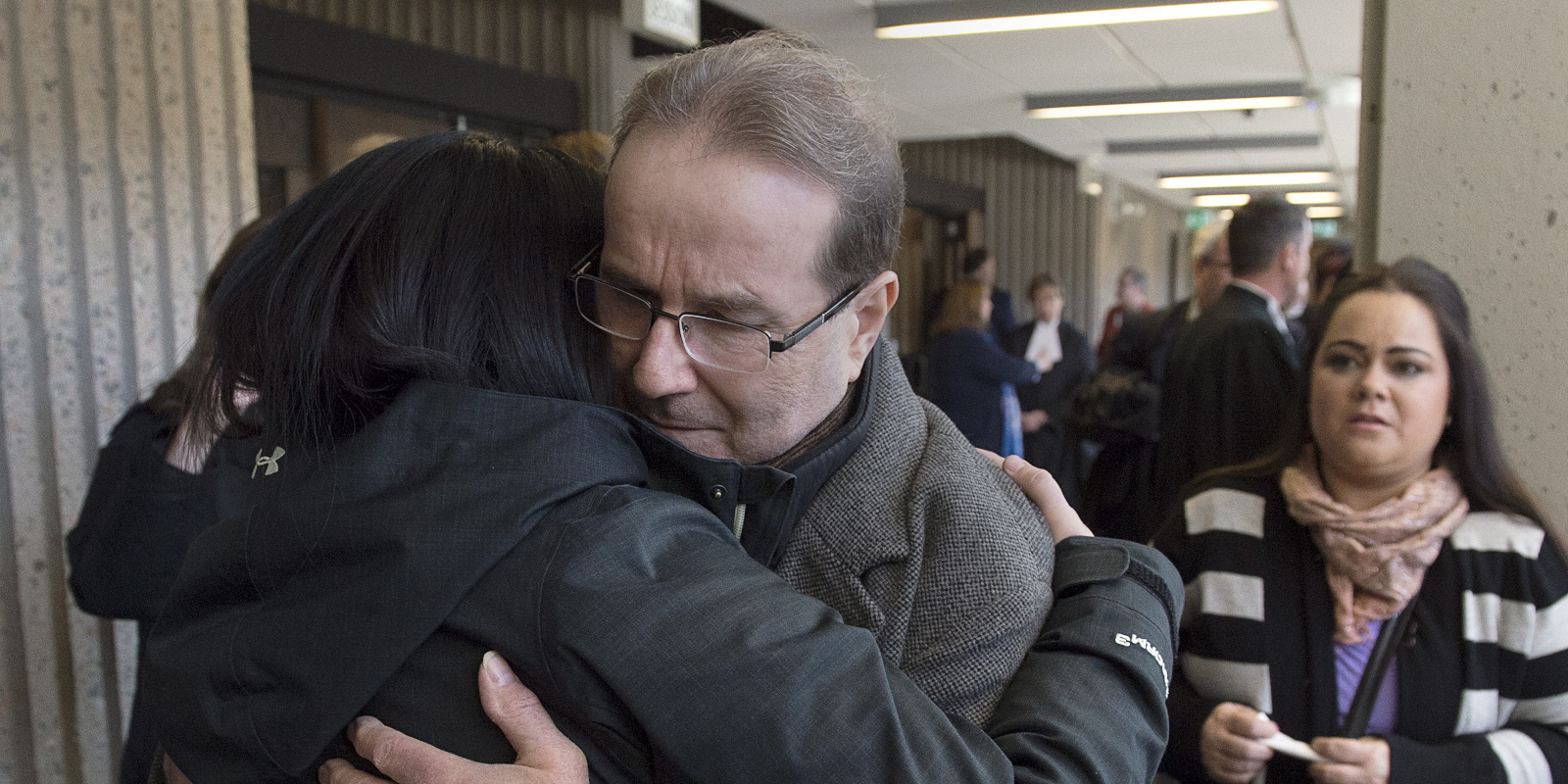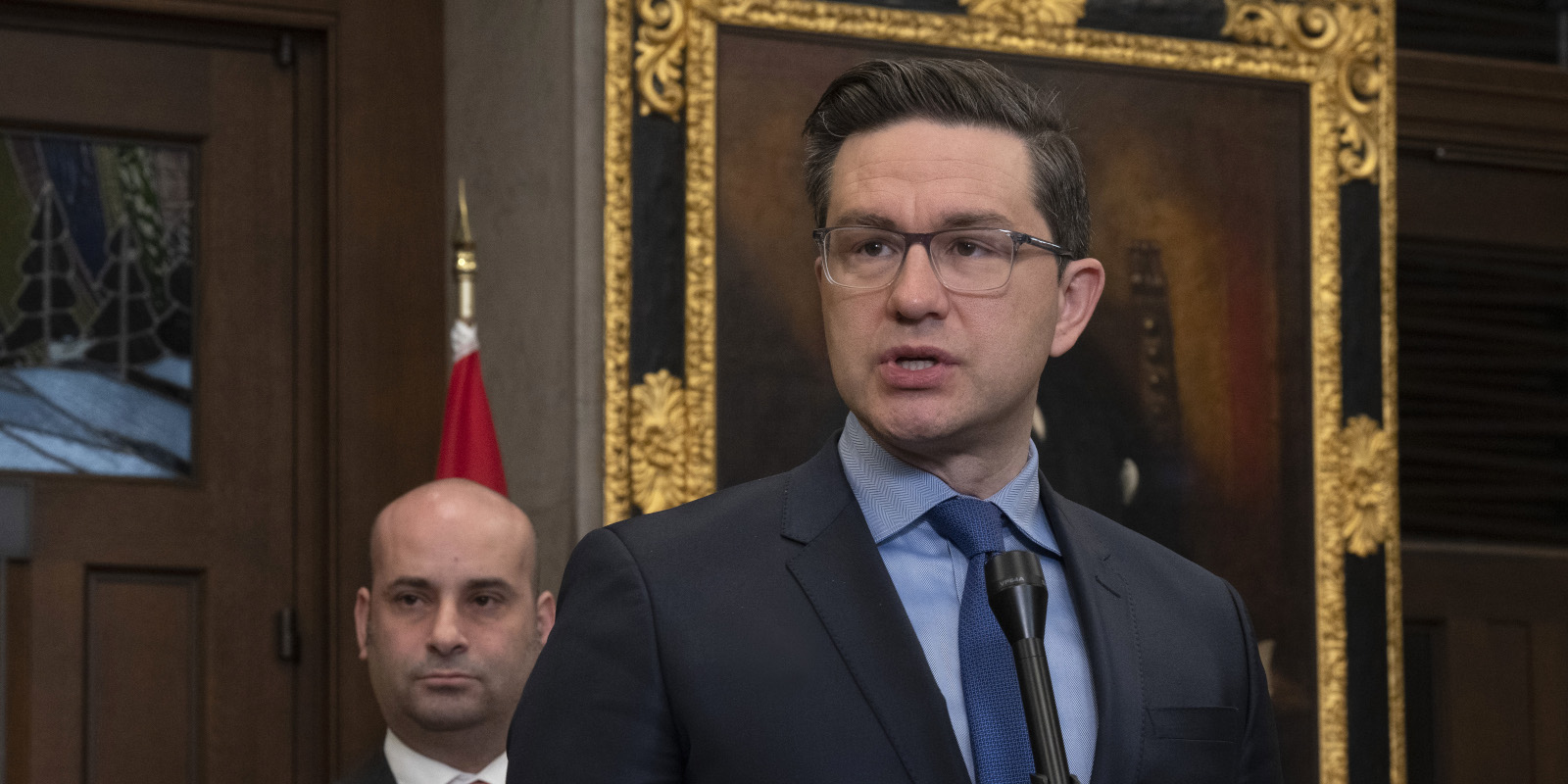On March 1, 2019, Glen Assoun became a free man after spending 20 years in prison, wrongfully convicted of the murder of his girlfriend.
The case against Assoun ignored the lack of physical evidence linking him with the murder and his alibi, which placed him far away from the crime scene and which was backed up by three people.
Working against him was the testimony of three people claiming to be witnesses: one, who was prone to “psychic premonitions,” another who was a jailhouse informant receiving leniency in exchange for testimony, and a final witness who was winning reduced charges in exchange for testifying.
When Assoun was finally granted a new trial, 20 years after his conviction, the Crown called no evidence and he was quickly acquitted.
Assoun’s story, along with 82 others, is now displayed at wrongfulconvictions.ca, a new Canadian registry of wrongful convictions. The website launched this week to shine a spotlight on people who have suffered miscarriages of justice and to ask an unknowable question: how many more are out there?
“We think this is the tip of the iceberg,” said Kent Roach, one of the registry’s creators and a professor of law at the University of Toronto.
Jessie Stirling, an Indigenous rights lawyer who has volunteered with the registry since 2018, said she’s hoping the website will allow people to identify other cases of wrongful conviction.
“We’re hoping that as a side effect of raising public awareness, we’re also going to be able to bring other stories to light that haven’t yet been [examined],” said Stirling.
Stirling said even the modest amount of cases included in the registry has already shown them worrying trends in the justice system.
“With the system getting it wrong and really harming people, particularly women and racialized people, we noticed great over-representation in those groups in the 83 cases that are available on the website,” said Stirling.
The data on the website is publicly available and breaks down the causes of wrongful convictions, such as perjury, false confessions, and misleading forensic evidence.
The government is also trying to make it easier for people who have been wrongfully convicted to plead their case.
Last week, Justice Minister David Lametti introduced a bill that would create an independent commission to review wrongful convictions and decide which cases should be sent back to the justice system. At a press conference on Thursday, Lametti was joined by Susan Milgaard, whose brother David Milgaard was wrongfully convicted of rape and murder in 1969, before being released in 1992 and exonerated in 1997.
Even in cases like Assoun’s and Milgaard’s, where glaring flaws in the case are spotted almost immediately, it can still take years for a resolution.
“Some of these files go back decades. We need a system that moves more quickly, both for people applying as well as for victims. And the process needs to be independent,” said Lametti, at Thursday’s press conference.

The bill was introduced last week and still has to be steered through the House of Commons and the Senate before the commission can be brought to life, but Roach said even that’s no guarantee of success. Resources will matter too, he said.
“I think there’s going to be more of a debate about wrongful convictions now because of the bill,” said Roach. “There’s a lot of work for the commission to do, but it needs proper funding, and it needs proper resources.”
The registry allows the researchers to look for patterns in the type of crimes
For example, about one-third of the wrongful convictions on the registry are “imagined crimes,” where someone was put in jail even though no actual crime was committed.
Tammy Marquardt spent 13 years in jail after being convicted of murdering her son, who was later found to have asphyxiated from getting tangled in his bedsheets. Marquardt was one of the 13 people sent to jail based on the work of Charles Smith, a disgraced pathologist who had conducted faulty autopsies and was later stripped of his license.
The registry also shows that 18 percent of the cases were guilty pleas, where a defendant apparently had no faith that the system would reveal their innocence.
Joel Voss, who has volunteered with the registry since 2020, said he suspects there are many more wrongful guilty pleas waiting to be discovered.
“A small percentage of all criminal cases go to trial and… the vast majority of convictions result in guilty pleas,” said Voss.
“So given that so many cases in the justice system in Canada have resulted in a guilty plea—and we do indeed know from our registry that there are significant amounts of cases that are wrongful convictions based off guilty pleas—we would have to think that the total volume of cases is much, much, much larger than what we have right now,” said Voss.
Recommended for You

Ginny Roth: J.D. Vance, Pierre Poilievre, and how they slice their economic pie

David Polansky: As President Biden leaves the race, will the Democratic Party hodgepodge hold?

Peter Menzies: The mainstream media should love Doug Ford, now that he’s subsidizing them

Geoff Russ: A future Conservative government must fight the culture war, not stand idly by








